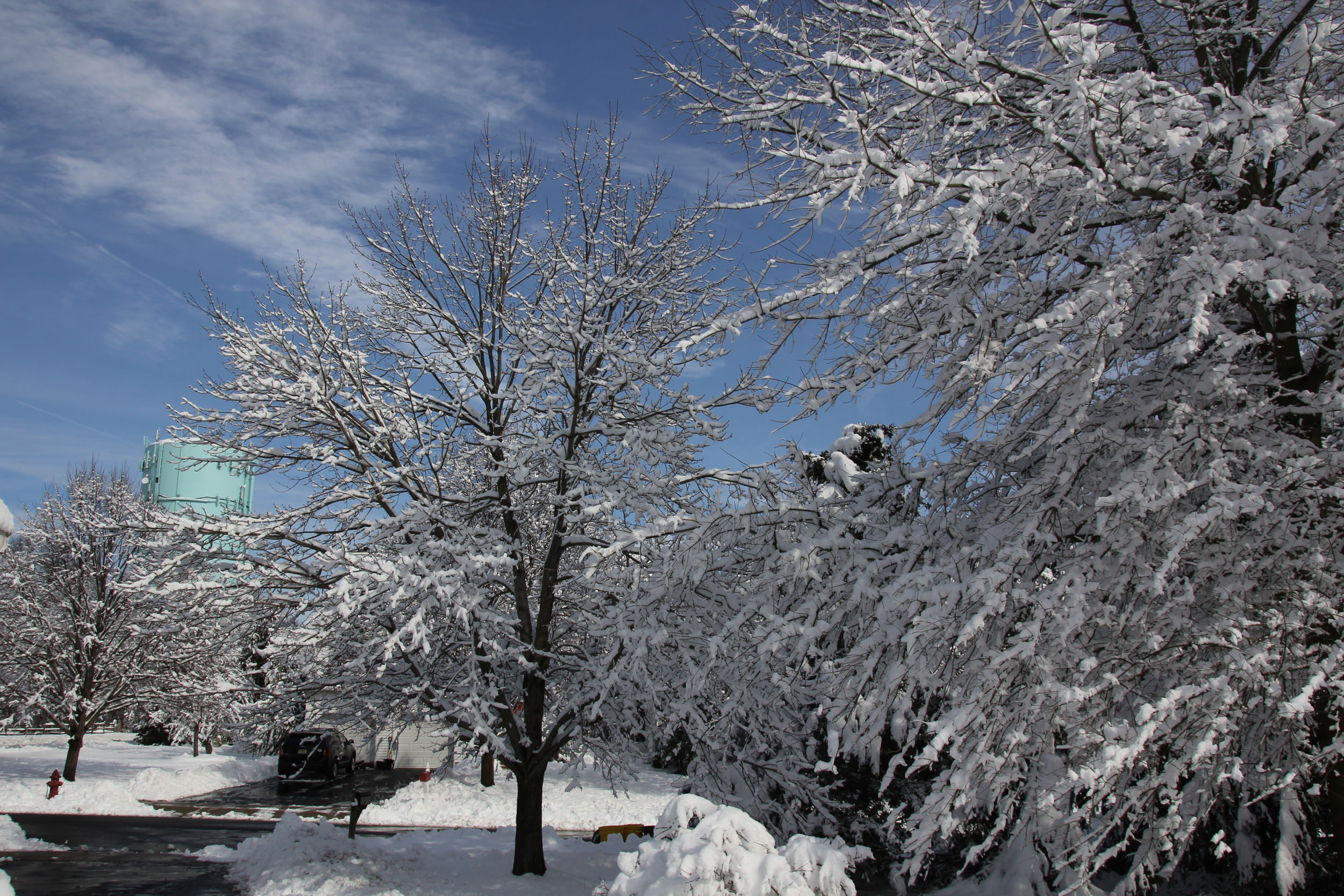
Winter Storm Blair, a powerful and unrelenting storm, has left a trail of destruction and tragedy across the United States. As of this writing, hundreds of thousands of people remain without power, facing frigid temperatures and treacherous conditions. The storm has also claimed the lives of at least 23 people, highlighting the deadly force of nature unleashed.
The storm began as a heavy snowfall in the Midwest, but quickly intensified as it moved eastward. Blizzard conditions, with blinding snow and hurricane-force winds, paralyzed major cities such as Chicago, Detroit, and Buffalo. Emergency services were severely disrupted, making it difficult for people to access critical assistance.
One of the most significant impacts of Winter Storm Blair has been the widespread power outages. As of Tuesday morning, February 7, over 650,000 homes and businesses were still without electricity. The outages have left people vulnerable to the bitter cold, with temperatures dipping well below freezing in many areas.
The outages have also disrupted essential infrastructure, including water treatment plants and communication networks. In Buffalo, a lack of power forced the closure of a water treatment facility, leaving thousands of residents without safe drinking water. Similarly, cell phone service and internet access have been spotty, making it difficult for people to communicate with loved ones and stay informed about the situation.
Sadly, Winter Storm Blair has also resulted in the tragic loss of life. At least 23 deaths have been reported so far, with the majority occurring in New York. In Buffalo alone, seven people died due to blizzard conditions, including two who were found frozen in their cars.
The victims of the storm include people of all ages and backgrounds. They include a young couple who were trying to drive to a hospital to give birth to their child, an elderly man who died in his home after losing power, and a snowplow driver who was killed while clearing roads.
Government agencies and community organizations have been working around the clock to respond to the devastation caused by Winter Storm Blair. The Federal Emergency Management Agency (FEMA) has declared a major disaster declaration for New York, and President Biden has approved federal assistance to support recovery efforts.
Local and state governments have also deployed emergency personnel and resources to help affected communities. Emergency shelters have been set up to provide warmth and shelter for people who have lost power or whose homes have been damaged.
Community members have also come together to support one another during this difficult time. Neighbors are helping neighbors shovel snow, clear roads, and deliver supplies to those in need. Local businesses have donated food, water, and other essentials to those affected by the storm.
While Winter Storm Blair is a natural disaster, it has also exposed systemic failures in infrastructure and emergency preparedness. The widespread power outages and infrastructure failures have highlighted the need for more resilient and redundant systems. Questions have also been raised about the adequacy of emergency response plans and the ability of communities to cope with extreme weather events.
Additionally, Winter Storm Blair has raised concerns about the potential impacts of climate change. As global temperatures rise, extreme weather events are becoming more frequent and more severe. It is essential that we take steps to mitigate climate change and adapt to its potential consequences.
Winter Storm Blair has been a devastating reminder of the power of nature and the fragility of our infrastructure. The storm has caused widespread hardship, loss of life, and economic disruption. As we recover from this event, it is important that we learn from our experiences and work together to build more resilient communities.
We must invest in strengthening our infrastructure, improving our emergency preparedness plans, and addressing the underlying causes of climate change. By working together, we can reduce the risks and impacts of future storms and ensure the safety and well-being of our communities.

Post a Comment